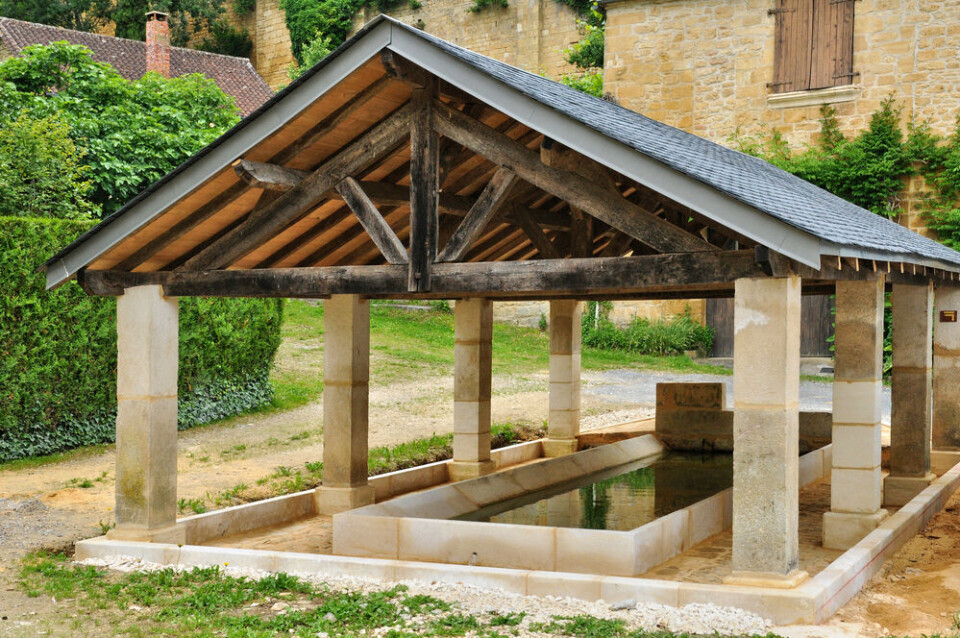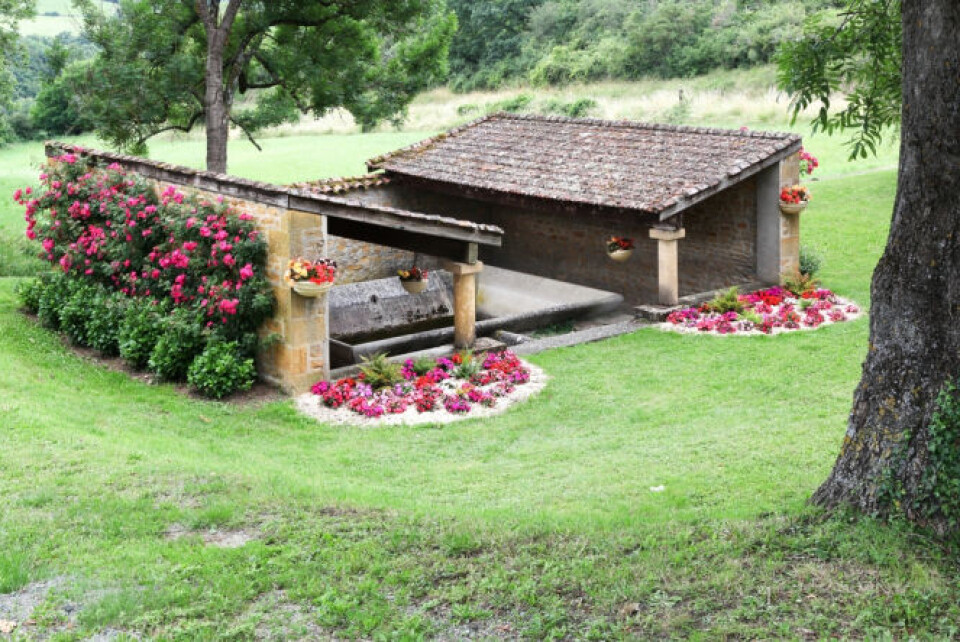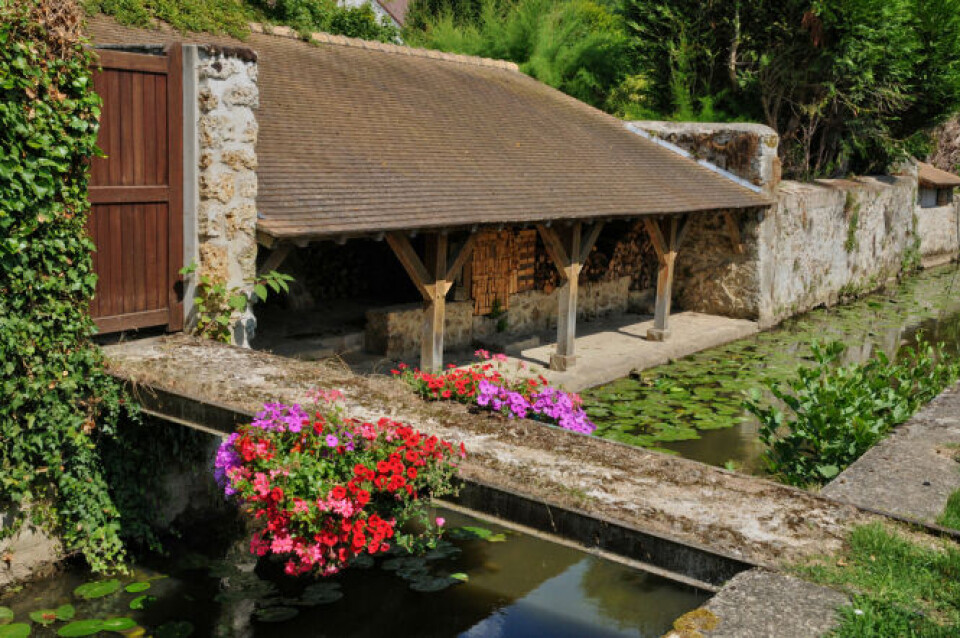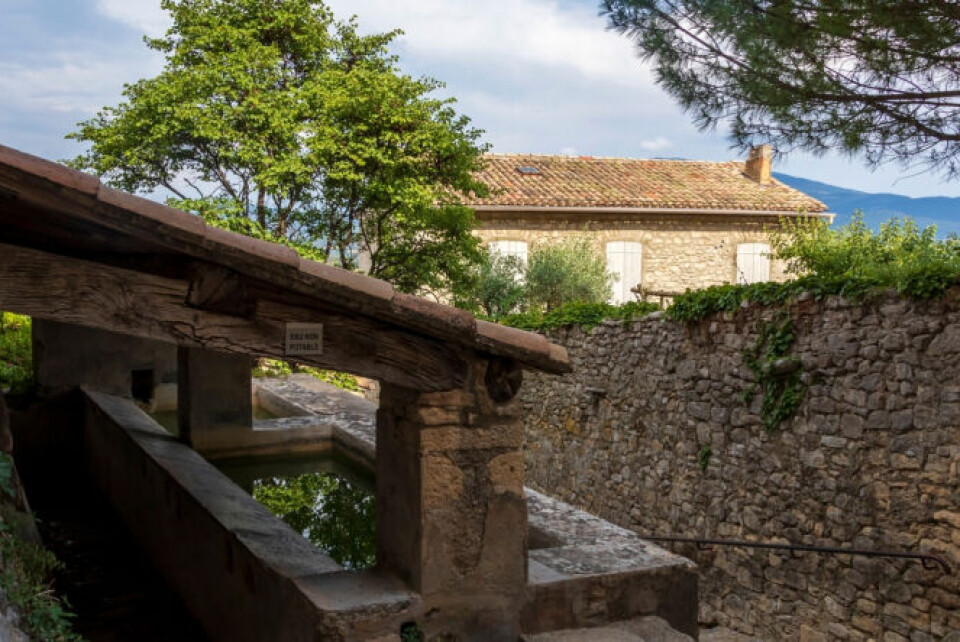-
Visitors to Normandy American Cemetery must soon book in advance
With more than one million visitors last year, the cemetery is one of the region’s most-visited D-Day sites
-
Visit the French village of Vouvant: along cobbled streets and hiking trails
Explore the rich history and artistic allure of this medieval hideaway, nestled in the heart of the Vendée
-
Photos: 94 chateaux open their doors to visitors in Dordogne
The fifth Chateaux en Fête festival offers a chance to look around many impressive properties that are usually private
Lavoirs: How these communal wash houses changed French culture
Though they are no longer used, you still come across them, typically on the fringe of a village or town

By any measure, Napoleon III had an impressive CV. Not only was he the nephew of Napoleon Bonaparte, but in the mid-1800s he became president of France’s Second Republic and then, following a coup, emperor of its Second Empire.
As emperor, he commissioned Baron Haussmann to create the Paris we see today, with its grand boulevards, bridges and parks.
Less well known is that, as part of an ambitious public health programme to eradicate cholera and typhoid, he was also the driving force behind an institution that revolutionised the life of France’s poor, and of women in particular: the municipal wash house.
Versions of the lavoir first appeared at the end of the 17th century, but it was Napoleon III who, in 1851, ordered their construction across the country, along with subsidies of up to 30% to help communes provide them.
Though they are no longer used, you still come across them, typically on the fringe of a village or town.
They look like small swimming pools: rectangular, square or even oval, sometimes open, sometimes beneath a tin or tiled roof supported on wooden pillars.
They can be quite grand: built in stone in the style of classical temples.
In recent years, many have been restored by their communes as historic monuments of social significance.
Their design and location followed some basic principles.
Most important was a source of clean, flowing water to ensure efficient rinsing. This was secured by tapping a spring, diverting a stream or even inserting the structure into the bank of a river. Sometimes they were actually in the river: laundry boats – bateaux-lavoirs – were once familiar sights on the Seine and the Loire.

When constructing lavoirs, the most important was a source of clean, flowing water to ensure efficient rinsing. Ancient lavoir at the Legny village in Beaujolais. Pic: ricochet64 / Shutterstock
Le bassin – the basin or pool – could be either a lined hole in the ground with scrubbing and beating slabs arranged around the edge at which the women would kneel or, if the commune could afford it, the “luxury” of a raised stone tank at which they could stand and work.
Some basins would be sectioned, with the smaller part closer to the source for the final rinse. Nobody wanted to rinse downstream in someone else’s dirty water.
Whether kneeling or standing, it was hard physical labour in all weathers and often in freezing conditions, which, in the days before rubber gloves, left hands chapped and raw.
“Wash house” can be a misleading translation. Although muddy or dusty clothes might be given a pre-wash dunk in them, lavoirs were mostly used for the second part of the laundry process: the beating and rinsing of linen, followed by the wringing and drying.
The actual washing of the clothes – the serious business of soaking, boiling and agitation – was done at home.
Originally, families used a metal cauldron or a wooden tub, sometimes over a metre in diameter. Soap was expensive and detergents unknown but sieved wood ash from the grate was rich in potash and offered an effective, and free, alternative.
Then, in the late 1800s, came a breakthrough: the lessiveuse à champignon. Brilliantly simple, it used the same principle as a coffee percolator.
The large, galvanised bucket was heated from below and had a central tube through which the hot water rose and emerged at the top through a perforated “mushroom” before cooling, descending and repeating the cycle.
Doing the laundry came to be seen in religious terms.
According to one version, the dirty linen started in Hell (boiled in a copper), then spent time in Purgatory (beaten on a slab), and finally ascended to Paradise (rinsed, dried and blanched in the sun). But, unlike the Church, only women were initiated into its mysteries. No surprise there.
With the ritual went the superstitions. To do your laundry on Good Friday – or, in some parts of the country, on any day during Holy Week – was to risk washing your own burial shroud. Many Bretons believed that clothes washed on the day of a new moon would shrink.

Lavoir in the village of Chevreuse. Pic: Pack-Shot / Shutterstock
The lavoir did more than just centralise washing in a public place.
It also introduced, or at least regularised, the notion of a weekly wash day. Monday seems to have been favourite.
In medieval times, the practice was to wash large items such as bed sheets once a year, just after Easter. It became known as La Grande Lessive.
This does not mean people changed their sheets only once a year. It is assumed that most families, certainly the better-off, had several sets.
By the early 1800s, The Big Wash was conducted twice, or even four times, a year. Before lavoirs, the beating and rinsing would be done either in the village fountain or the nearest watercourse – a practice which in some areas continued into the 1950s.
The lavoir challenged a key tenet of social propriety: that you should not “wash your dirty linen in public”. The French often flip the expression: “Les linges sales se lavent en famille.” It is now used figuratively but the original injunction was intended literally. After soaking and boiling at home, the linen would be carted to the lavoir, where it would be exposed to public gaze… and appraisal. Its quality, patching and stains would say a lot.
One regular user of the lavoir in Eymet, Dordogne, recalled: “There’d be more than 20 of us around the basins, and we’d help each other to wring out the sheets. At a glance, you could tell more about the life of someone from their washing than any amount of speculation.”
Even to be seen in the lavoir was a statement, since it suggested you couldn’t afford to have your washing done by a professional lavandière.
Given the communal nature of the activity, it wasn’t long before the lavoir got a reputation as the Hôtel des Bavardages – Gossip Central.

Lavoir at the Provence-Alpes-Côte d'Azur region. Pic: nomadkate / Shutterstock
It was the water-cooler of its day.
Men had always had the bar or cafe to discuss business and politics. By contrast, women were – for the most part – stuck at home to cook, clean and look after the children and elderly relatives. The lavoirs changed that. For the first time there was a place, a designated day and a conducive ambiance where women – and women only – could air and share their grievances.
It is tempting to wonder if French feminism might have been sparked by the washing of bras, long before anyone thought of burning them.
Positions around the basin were as jealously guarded as seats in church, and a frequent source of friction.
Eighty centimetres was reckoned to be the minimum width and there was a pecking order, with the elderly given preference. Even so, women would often arrive early to secure a place, only to be confronted by a later arrival claiming it was hers, and always had been. To enforce the rules, some communes had to appoint a chef de rang.
France’s lavoirs did sterling service for more than a century.
Two things spelt their demise: the piping of water directly into homes during the first half of the 20th century and, in the 1960s, affordable domestic washing machines.
Even so, some lavoirs were still being used to rinse sheets into the 1970s.
This article owes much to the French websiteespritdepays.com and its excellent series ‘Les Lavoirs du Périgord’
Related stories:
The story of Paris’ drinking fountains gifted by a UK donor in 1870s
If walls could talk: Anglo-French group delve into history of houses
French architecture: Pont du Gard is country’s most visited roman site
























